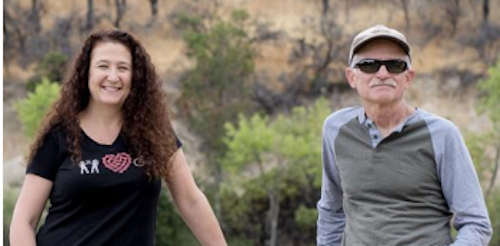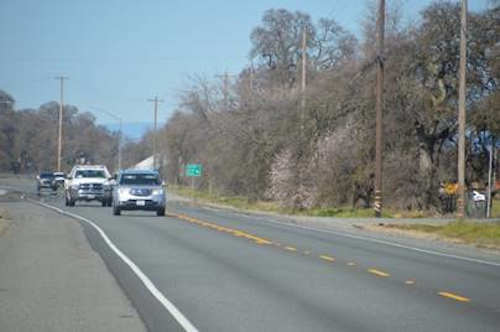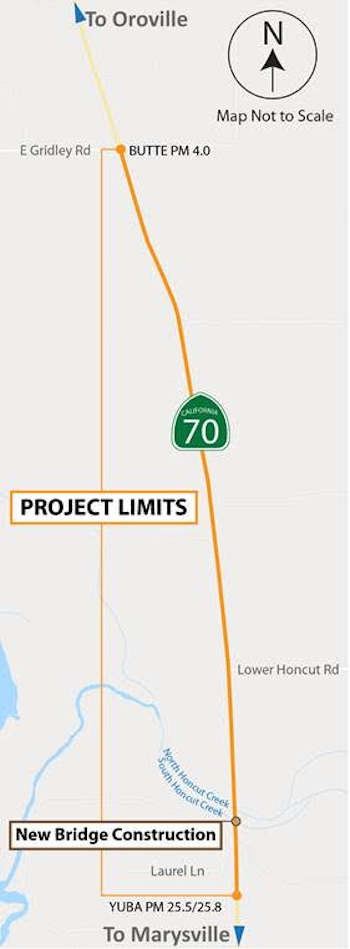- Lake County News reports
- Posted On
Sonoma County Trails Council, Redwood Empire Mountain Bike Alliance join forces as the Redwood Trails Alliance

NORTH COAST, Calif. — The Redwood Trails Alliance has been created through the union of the Sonoma County Trails Council and the Redwood Empire Mountain Bike Alliance.
In November 2020 the Board of Directors of both corporations agreed to join forces and to pursue their common mission as the Redwood Trails Alliance with an initial board of directors combined from both nonprofits.
By joining forces, the new Trails Alliance will be able to increase the quality and quantity of our
local trails for more trail users while respecting the environment we visit.
Their work includes education, advocacy and trail projects which are funded by memberships, donations, and income from trail construction and training services.
Trails Alliance projects have included trail design, construction and maintenance.
The group is currently working at several Sonoma County Regional Parks, including Helen Putnam in Petaluma, Foothill in Windsor and Taylor Mt. in Santa Rosa and recently completed trail work at Napa County’s Moore Creek Park.
The new organization will be co-led by Ken Wells and Deb St. Cyr.
Wells, the alliance’s trails director, has been on trails all his life with over three decades of trail advocacy and construction experience. His efforts have been recognized with a long list of awards.
St. Cyr is the alliance’s executive director and comes to the partnership with over 20 years of volunteering with nonprofits.
Powered by a passion for the outdoors, St. Cyr stepped into the trail building and mountain bike
advocacy world after a devastating wildfire destroyed her home, community and local trail system.
The Ken and Deb partnership creates a powerful combination of organizational skills, nonprofit knowledge and trail construction experience, establishing a solid foundation to build more and better trails for all.
With the substantial experience, knowledge and resources that is now the Redwood Trails Alliance, the organization is a respected leader of the trails community in the North Bay.
The Trails Alliance recognizes the environmental and social challenges our communities face, as well as the critical role being outside provides for our mental, physical and social wellbeing.
It provides the essential link to the natural world — trails.
The Trails Alliance is committed to the creation and stewardship of a network of durable and enjoyable trails to enable people to visit our amazing landscapes.
Visit the group’s website and follow it on Instagram and Facebook.




 How to resolve AdBlock issue?
How to resolve AdBlock issue? 





